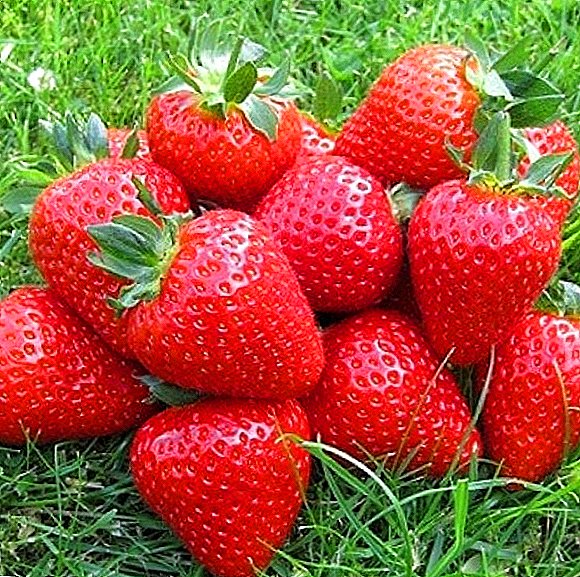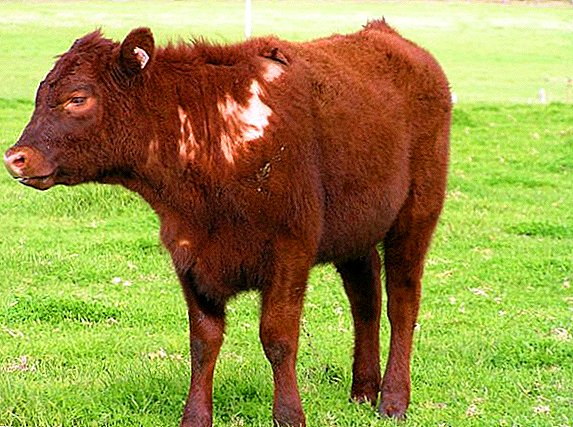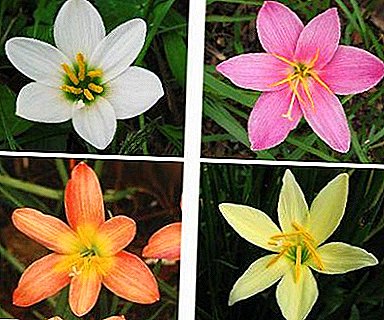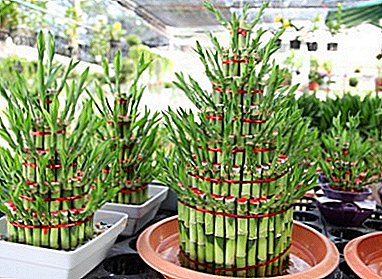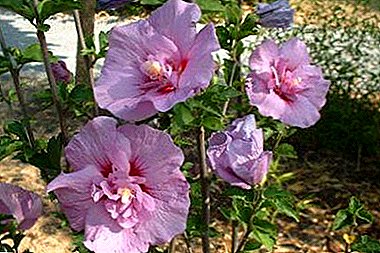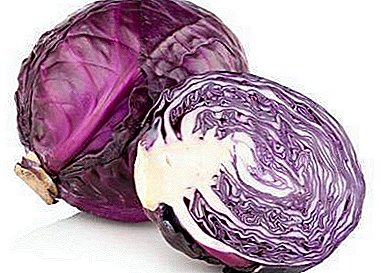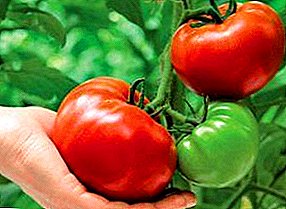
Truly tomato "Russian size" lives up to its name.
Large-fruited, sweet, fruitful, it is grown not only by gardeners. Farm and greenhouse farms and enterprises cultivate it on an industrial scale.
In this article we will tell you why this variety is so fond of gardeners. Here you will find a complete description of the variety, its characteristics, features of cultivation and care, learn about the abilities of these tomatoes to resist diseases and pests.
Tomato "Russian size": description of the variety
| Grade name | Russian size |
| Originator | Russia |
| Ripening | 125-128 days |
| The form | The surface is slightly ribbed, the flesh is juicy, sweet, the shape is rounded, slightly flat |
| Colour | in maturity red |
| Average tomato mass | from 650 grams to 2 kg |
| Application | universal, are applied as fresh in salads, for juice and sauces |
| Yield varieties | 7-8 kg per square meter |
| Features of growing | Sowing 60-65 days before planting, 2-3 plants per 1 sq. M, picking at the stage of 2 true leaves |
| Disease resistance | Resistant to Fusarium, Cladosporia, Tobacco Mosaic Virus |
This is a hybrid bred by Russian breeders and listed in the State Register of Breeding Achievements in 2002.
Tomato supergiant "Russian size F1" - indeterminantny plant, reaching 150-180 cm in height. Differs in high productivity, is suitable for cultivation throughout all territory of Russia in greenhouses and under film coverings. In the open ground is not grown.
"Russian size" - late-ripe tomato, the fruits ripen 125-128 days after full germination. As a hybrid, resistant to many diseases.
 We bring to your attention useful information about what determinantal, semi-determinant, superdeterminant and indeterminant varieties of tomatoes are.
We bring to your attention useful information about what determinantal, semi-determinant, superdeterminant and indeterminant varieties of tomatoes are.As well as a few articles on high-yielding and disease-resistant varieties.
Specifications
The ripe fruit of the tomato "Russian size" has a red color and weighs from 650 g to 2 kg. The surface is slightly ribbed, the flesh is juicy, sweet, the shape is round, slightly flattened. Fruits are small, have 4 sockets. 2-3 tomatoes grow on a brush.
You can compare the weight of fruits with other varieties in the table below:
| Grade name | Fruit weight |
| Russian size | from 650 grams to 2 kg |
| Doll | 250-400 grams |
| Summer resident | 55-110 grams |
| Lazy man | 300-400 grams |
| The president | 250-300 grams |
| Buyan | 100-180 grams |
| Kostroma | 85-145 grams |
| Sweet bunch | 15-20 grams |
| Black bunch | 50-70 grams |
| Stolypin | 90-120 grams |
Variety tomato "Russian size" is grown only in closed ground. Because of the high stem requires tying. And tie him up within a few days after transplanting.
The plant is medium branchy, but differs in a large number of leaves. When grown, it is formed into 1 stem and regularly stepsons. Lower leaves before the first flowering brush break. At the end of the growing season, pinch the growing point.
"Russian size" is distinguished by a high yield of 7-8 kg per 1 square meter. The planting pattern is 50 x 70 cm, the planting frequency is no more than 2-3 bushes per 1 square meter. m
You can compare the yield of this variety with others in the table below:
| Grade name | Yield |
| Russian size | 7-8 kg per square meter |
| Nastya | 10-12 kg per square meter |
| Bella Rosa | 5-7 kg per square meter |
| Banana red | 3 kg from a bush |
| Gulliver | 7 kg from a bush |
| Lady shedi | 7.5 kg per square meter |
| Pink Lady | 25 kg per square meter |
| Honey heart | 8.5 kg from a bush |
| Fat jack | 5-6 kg from a bush |
| Broody | 10-11 kg per square meter |
A photo
What Russian Size tomatoes look like - a photo of tomatoes:





Features of growing
Let us turn to the description of the cultivation of tomatoes "Russian size". Like all giant tomatoes, "Russian F1 size" sown on seedlings in early April. In May, seedlings are transplanted into a greenhouse. In order for large fruits to have enough light, air and space, they should be planted as little as possible.
You can not over feed plants with organic fertilizer with a high content of nitrogen.. Prefer potassium and phosphate dressing and use fish meal.
Read also about such dressings as iodine, yeast, hydrogen peroxide and ammonia.
After the first fruit is fastened on the first hand and grows to the size of a nut, you can remove most of the flowers and ovaries, leaving only the largest and healthiest, so that you can get only a few, but huge tomatoes from 1 bush.
 On our site you will find useful articles about watering, mulching and pasturing tomatoes.
On our site you will find useful articles about watering, mulching and pasturing tomatoes.And also you can get acquainted with the subtleties of the technology of growing early varieties of tomatoes.
Diseases and pests
The variety is resistant to fusarium, cladosporia, and tobacco mosaic virus. On our site you will find a lot of useful information about the most common diseases of tomatoes in greenhouses and methods of dealing with them. And also about which varieties are the most resistant to diseases and at the same time give an excellent harvest, and which are one hundred percent resistant to late blight.
In the table below you will find links to tomato varieties with different ripening periods:
| Early maturity | Mid-season | Middle late |
| White filling | Ilya Muromets | Black truffle |
| Alenka | Wonder of the world | Timofey F1 |
| Debut | Biya rose | Ivanovich F1 |
| Bony m | Bendrick cream | Pullet |
| Room surprise | Perseus | Russian soul |
| Annie F1 | Yellow giant | Giant red |
| Solerosso F1 | Blizzard | New Transnistria |



